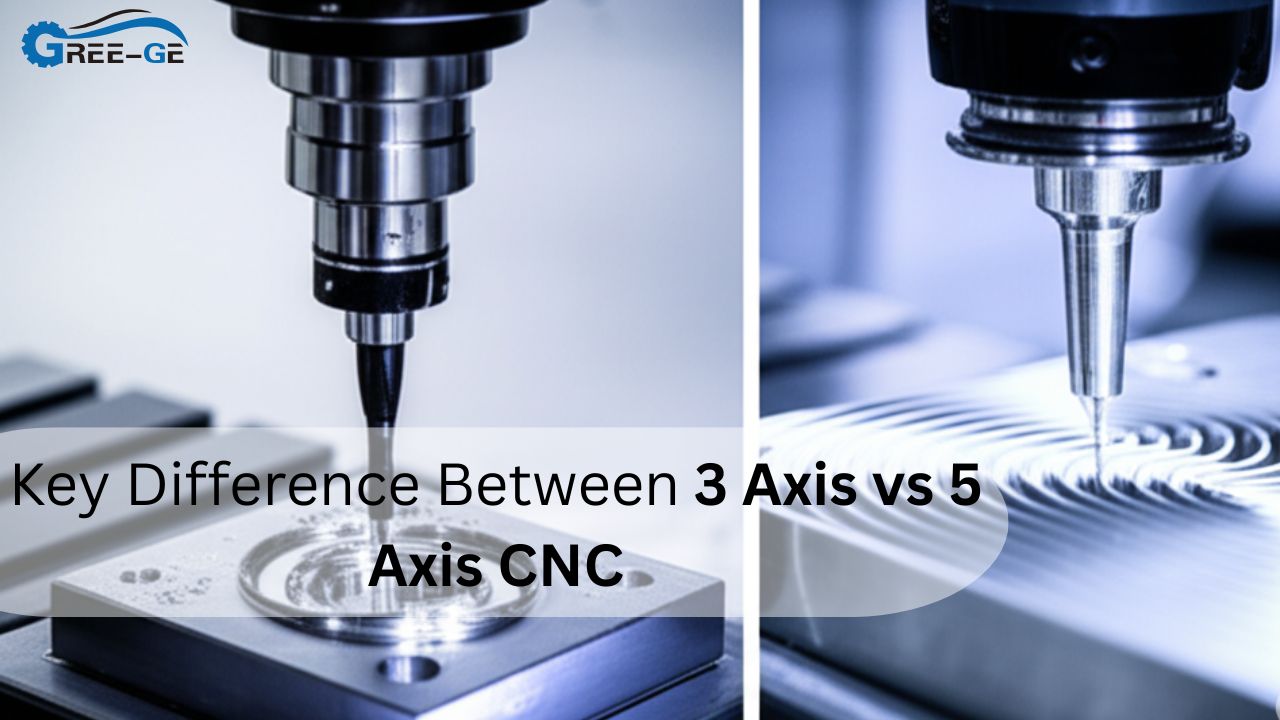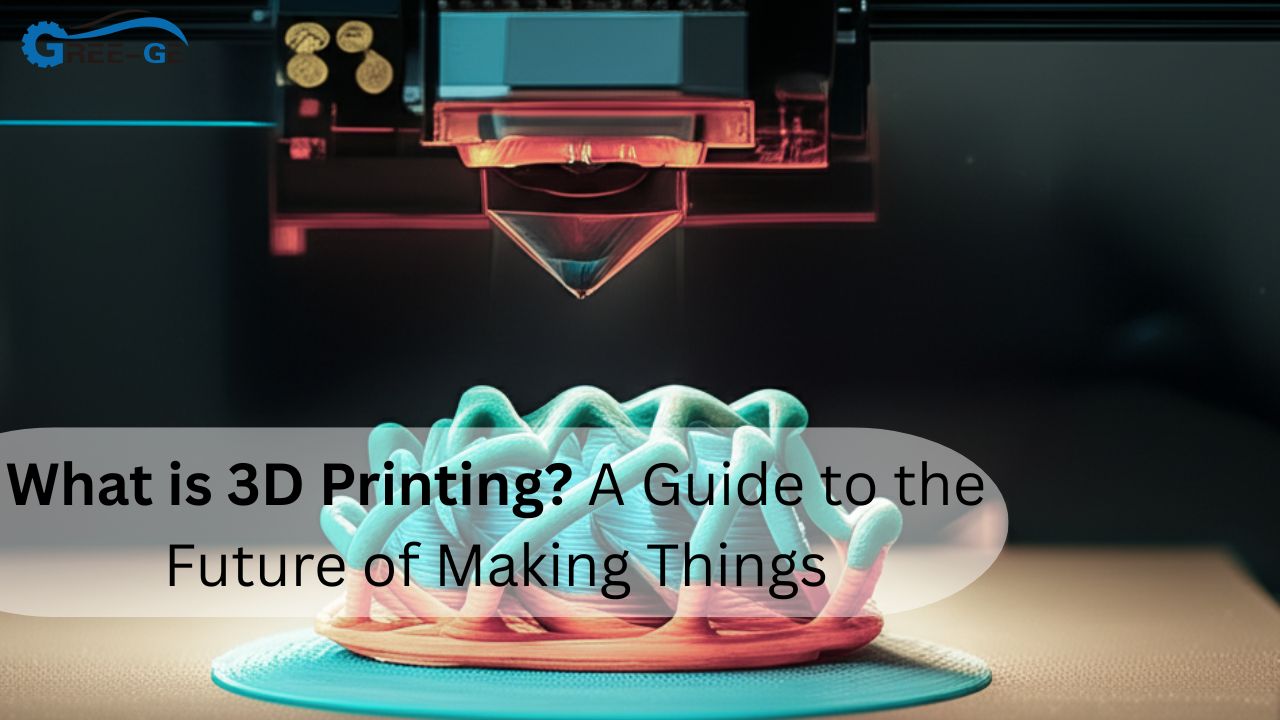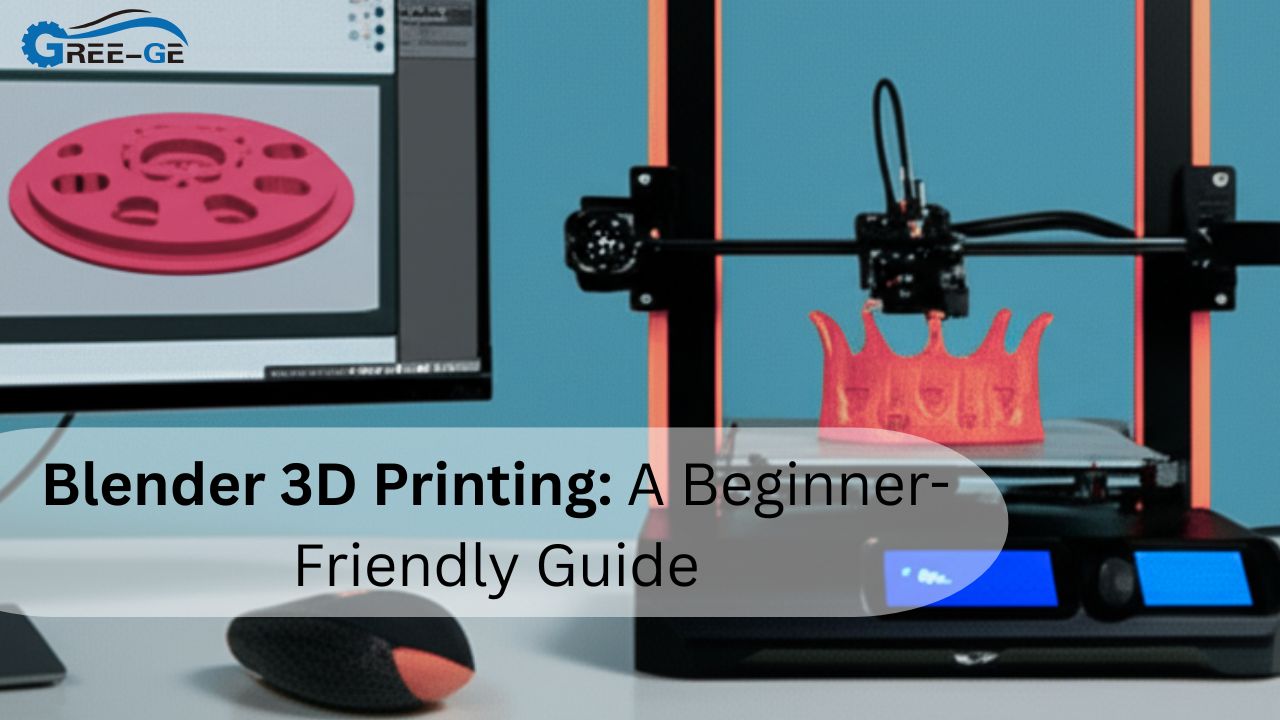In the medical industry, activities must be exceptionally precise, trustworthy, and can be repeated. Because of 5-Axis CNC technology, the assembly and manufacture of medical device components have been completely changed. Unlike traditional 3-axis machines, 5-axis CNCs have the flexibility to make complex pieces from several angles all in a single setup. Making sure a system is accurate becomes very important in medical settings because the results affect patients.
Because of 5-Axis CNC, it is possible to shape detailed features necessary for surgical tools, implants, prosthetics, and orthopedic devices. Because fewer changes are needed during manufacturing, this new approach makes operations more efficient, speedier, and more precise. For this reason, medical producers are starting to apply this technology to fit industry guidelines and meet rising demand.
In addition to making large parts, 5-axis CNC Machining is crucial for prototyping due to the fast development and testing of new technological devices. The Prototypes are tested by engineers for both shape and function quickly and precisely which is very helpful before making many units. Because the standards are flexible, innovation in medical technology develops both quickly and safely.
Advantages of 5-Axis CNC Technology in Medical Manufacturing
Using 5-axis CNC technology offers more than the possibility to machine tough parts. Consequently, production quality, consistency and efficiency are all influenced which must not be compromised in healthcare.
Properly Shaping Complex Solids
Medical devices often require detailed pieces with tough shapes, and these can be hard to manufacture with regular equipment. By using a machine that moves along five axes together, engineers can manage tough angles without placing and repositioning the parts. As a result, complex parts can be machined with greater precision and avoid mistakes that stack up.
Surface Finish and Tighter Tolerances
Any flaws in the finish on implants and surgical instruments may cause infections or stop the instruments from working properly. The cutting tool keeps a constant angle, thereby improving the surface’s quality and decreasing the need for further treatment.
Better Efficiency
One main benefit of CNC machining service is that it lowers the need for extra setup steps. Because several steps and realignments are required in classic production methods, both time and error rates go up. Because all of the machining can be done in one setup with 5-axis CNC, work is done faster and usually at a lower cost.
Material Versatility
Titanium, stainless steel, PEEK and similar biocompatible polymers are used in medical devices and 5-axis CNC machines allow for exact and durable fabrication to meet medical requirements.
Role of Prototype CNC Machining in Medical Innovation
Components for medical use are checked and evaluated in labs before starting the production phase. In addition, developing prototypes allows all components to fit well in the bigger system, which leads to requiring less fixes after final assembly. It matters a lot for dental implants and surgical instruments made for each patient.
CNC Turning Machine and Its Supporting Role
Although many link 5-axis technology with CNC turning machine are also fundamental in the medical manufacturing field. This technology excels at forming circular items such as bone screws, threaded rods and essential parts for catheters. Today’s CNC lathes can work with live tooling and Y-axis movement, which lets them handle complicated details in a single setup.
When CNC turning is combined with 5-axis machining, the process can handle many shapes and sizes of parts for manufacture. As a result, production of the most complex assembly components becomes both flexible and accurate.
Integration of Advance CNC Machining Processes
Advanced CNC machining uses the newest techniques, such as automation, machines that move in multiple directions, and active monitoring systems. As a result, medical device manufacturers can expect the same product level each time, consistent product quality, and instant access to data for compliance and traceability.
New toolpath plans, computer simulations and new adaptive machining strategies have improved the dependability of 5-axis CNC technology. Thanks to these developments, issues are found early and fixed as they happen which helps ensure the entire process stays streamlined.
Ensuring Regulatory Compliance and Quality
The medical sector is under some of the most stringent worldwide regulatory control. All technology parts are required to be of high quality and certified. The strong accuracy and constant performance of 5-axis CNC tools help to keep up with these requirements. Checking and measuring parts during the production process, along with automated records, ensures certain all items are up to standards.
It is very important to be able to track the process. Currently, advanced CNC equipment comes with software that records tool wear, monitors the atmosphere. And provides reports for checking audit compliance.
Future Trends in Medical CNC Machining
It is expected that future upgrades to CNC machining for medical devices will include even greater automation and better links to digital technologies such as IoT and AI. More reliable and productive medical component manufacturing will be reached thanks to predictive maintenance, real-time analytics and intelligent process control.
By connecting Prototype CNC with 3D printing, it might be possible to make use of hybrid manufacturing that combines CNC’s features with quick prototypes from 3D printing.
Conclusion
Using 5-Axis CNC technology is now essential in the modern medical device industry. Complicated, precise and top-quality pieces are possible thanks to plastic engineering which makes it a mainstay in the healthcare sector. Properly performing and meeting the requirements of safety and reliability in medical devices is possible. When efficiency is raised, errors are cut and an array of materials and shaped parts are accommodated.
When combined with Prototype CNC machining, CNC turning machines, and advanced CNC methods, a 5-axis system fully addresses both early-stage and large-scale production requirements in healthcare. Because technology is advancing, medical services will rely on it more, which means future solutions will be reached faster, at a lower cost and with more precision.
FAQs
What is 5-axis CNC technology?
Because 5-axis CNC technology moves the cutting tool along five axes at once, complex models can be created in one setup with more accuracy.
Why is 5-axis CNC important in medical device manufacturing?
Its precise results, exceptional end product surface and high efficiency make it. Suitable for creating medical instruments such as implants, surgical tools and custom prosthetics.
How does prototype CNC machining benefit the medical industry?
Using prototype CNC machining allows for rapid development of test models, cutting down design cycles, and improving the time needed to introduce medical devices.
What role does CNC turning play in medical manufacturing?
In addition to what 5-axis machining can do, CNC turning machines create cylindrical parts for medical devices such as screws and tubes.






